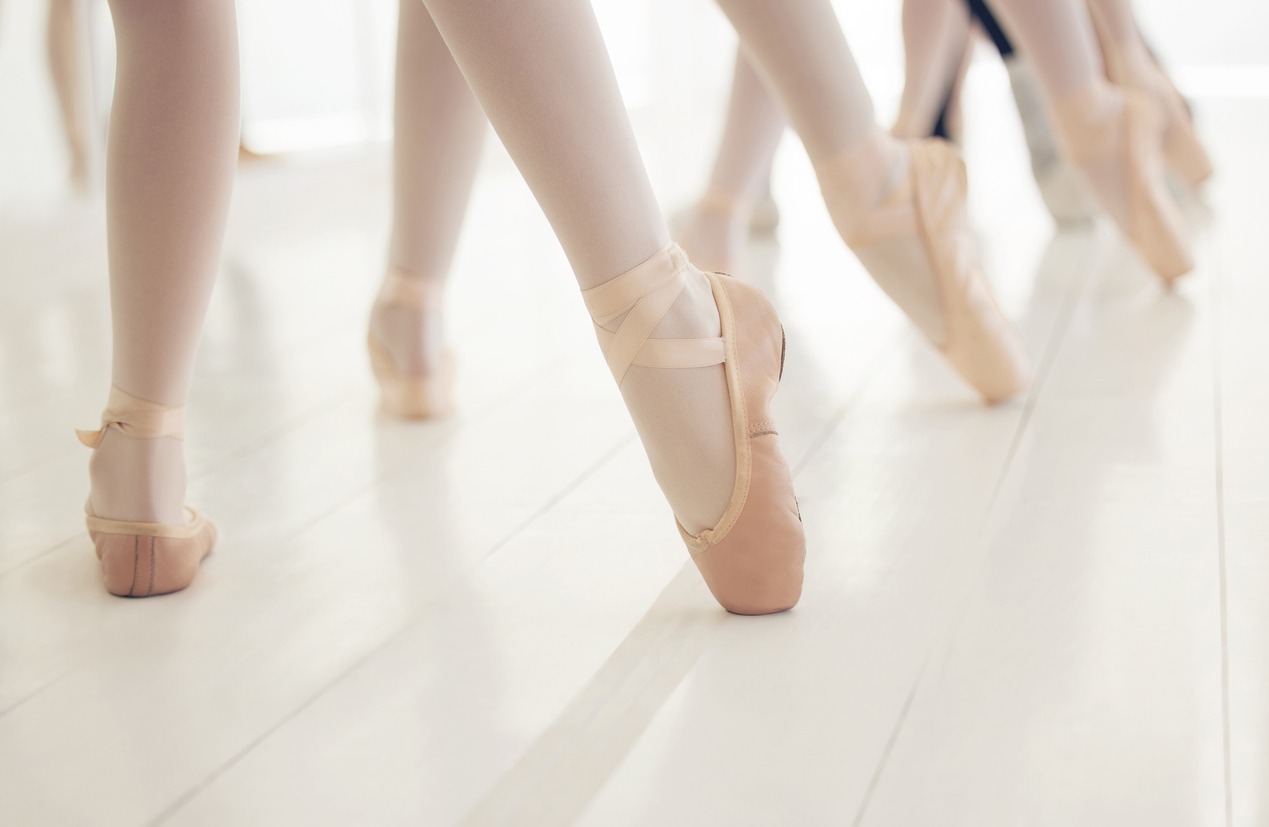With any sport, you want to make sure you have the required equipment. However, having the right gear won’t do you any favours if it’s the wrong fit or put on incorrectly. When it comes to dancing, this sentiment rings true. Inherently, dancing requires fluid movement – and ill-fitted pointe shoes can impede that. Beyond affecting dance capability, pointe shoes can also bring about a slew of other issues. To effectively avoid such problems, see how pointe shoes are supposed to fit and ensure your dancing potential is reached.
Signs of Improper Fit
Before understanding how pointe shoes should fit, you should check for the tell-tale signs of ones that do not fit. Once you find the signs, you can cater to those specific issues and effectively fix them.
Here are some things to be on the lookout for:
- Twisting Shanks
- Heels Slipping Off
- Sickling Pointe
- Trouble Getting Over the Platform
- Knuckling
- Excessive Toe Pain
- Excess fabric on the heel
- Foot moves around in the shoe
- Foot slides to the front of the box
- Gaping on the sides
If a dancer experiences any of these problems, this can make it harder for them to pull off techniques and affect their safety.
Why Fit is Important
As we have established, an improper fit can prevent a dancer from effectively executing techniques. However, most importantly, ill-fitted pointe shoes can leave dancers prone to injury. Whatever area of the pointe shoes that aren’t fitted can host various hazards.
Here are a few examples of issues that are caused by ill-fitted pointe shoes:
- Shoes Too Small – Pointe shoes are meant to mold to the shape of a dancer’s foot, but they should never be tight enough to cause pain. If they do, they can cause toes to be pinched and blisters to form at the heels. Smaller fits are more evident from toes not lying flat in the box and squeezing or creasing the foot’s sole.
- Shoes Too Big – Just as a tighter fit can be a hazard to a dancer, a looser fit can be just as dangerous. The idea is to have your pointe shoes fit like a glove, but if it’s too loose, it can cause abrasions from the foot moving around in the show. In addition, you can expect more accidents to come from bigger pointe shoes. The risk of sprained ankles and dangerous falls is increased.
Ensuring the Proper Fit
Every dancer’s foot shape is different. That’s why pointe shoes must compliment the dancer’s foot shape. Overall, you want to achieve a snug feel.
To ensure you do, consider these factors when finding the proper fit:
Width and Size
When finding the proper fit, it’s imperative to factor in the length and width. Check the shoe’s length by peeling the shoe’s satin off the heel and folding it back under the shoe. If the shoe is too long, the back of the shoe may cause bagging of the satin as the satin is cut to cup the heel. However, if the shank is too short, the foot will tend to wobble more, and the satin will pull too low. As a result, the back of the shoe often pops off when rising from demi to full pointe and can be an issue.
Alignment
A dancer must ensure they’re properly supported and aligned. It is important to check the shoe’s fit in an upright position before putting any weight on it. Place the tip of one shoe on the floor, with your weight on the other foot. Press down slightly to check the fit of the box. The foot should be supported in the box and not sink too much. Ensure that the wings support both the big and little toe knuckle joints.
The foot should fit snugly in standing – with the toes not too squashed in. There should be no bulging of the skin over the top edge of the shoe in standing. The top of the box should sit against the skin of the top of your foot. You should be able to slide the tip of your finger into the shoe over your toes just a bit.
Also, ensure the box is sitting square, and the foot is in good alignment. Often twisting of the shoe is due to the shank not conforming to the shape of the arch and can be remedied by breaking in the shoe’s heel before wearing.
Check Positions
There is no better way to see if pointe shoes are properly fitted than putting them into action. It’s recommended to plie in second since the foot is at its longest and widest. This position tests how much room is in the shoe as you dance. Toes should stay long in the shoe and touch the end of the shoe at a depth of your plie. For short toes, you might need to pad up inside the box of the shoe or a better-fitting box.
All dancers need to know how pointe shoes are supposed to fit. Not only does this ensure their performances aren’t impeded but also their safety. It’s good to know as they will better understand themselves as dancers and cater to specific needs accordingly.

